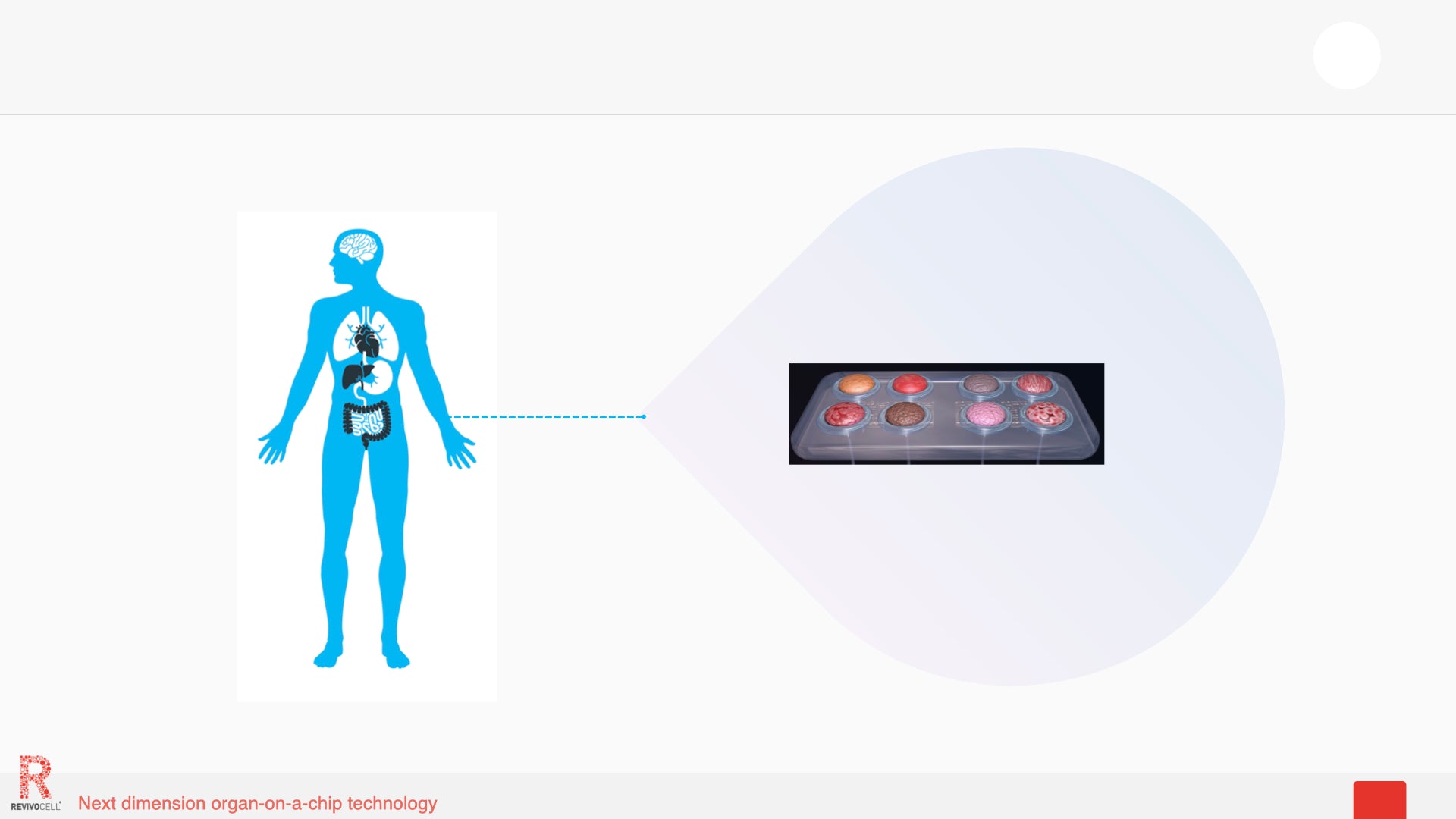5 tips for making your own complex in vitro model
By Dr. Raffaello Sbordoni, Research Scientist, Revivocell Limited
So for your next study you want to use an in vitro model that mimics the human body better than conventional models. You found good reasons to do this. For example, you want your research to focus on multiple tissues, and you want to increase the chances of your results to translate in vivo.
In other words, you want to develop your own “complex in vitro model” (CIVM), a category of devices that includes every cellular model that approximates features of the human biology closer than traditional models (such as monocultures on conventional cell culture plates). CIVMs include for example hydrogel-based 3D models and organ-on-a-chip.
Now that your intentions are set, let’s move to the part that is most challenging: actually designing and setting up your model. We hope that these 5 tips will help you.
- Make a complex model, not a complicated model!
Our first advice is: don’t make things too complicated. It is tempting to conceive a model that includes every single feature you may find desirable: an ECM-mimicking material, tailored physical stimuli perfectly resembling the stresses applied on cells in vivo, extremely small dimensions, etc.
However, you will have to make choices: a model loaded with features will not be cost-effective and will be vulnerable to failure, as every single feature adds up to the number of things that could go wrong during the operation of the model. For example: it could be expensive to install micropumps to produce a controllable fluid flow, which might also stimulate cells to increase their proliferation in an unpredictable way, which might lead to cells clogging your microsystem and contracting your hydrogel.
Instead, focus on adding features that are cost-effective and that increase the quality of your in vitro model whilst minimising the chances of failure during operation. Which leads to our second point…
- Maximise the number of cell types included in your model.
A good feature for a CIVM is simply the inclusion of a large number of relevant cell types. Our body is in itself a complex system, relying on a large variety of cell types to function. Including additional cell types to your model increases its capacity to mimic the in vivo situation. Moreover, adding cell types to your model does not raise its cost substantially, and the addition of cell types does not increase the chances of failure of the model during operation.
Therefore, amongst all the options that you can consider to add value to your model, we advise to focus on the inclusion of a wide variety of cell types. Three cell types are a good starting point.
However, which cell types should you take in consideration? More on this on the next point.
- Focus your model on a research question, but consider the bigger picture.
You might find it easier to develop an in vitro model for a specific condition, such as Alzheimer’s Disease or COVID-19. This way, the cell selection will be considerably more straightforward, as the scientific literature will likely highlight an array of “key” cells.
However, for your technology to be taken up by the pharmaceutical industry, a model that simply aims to be the most performant CIVM of a given healthy tissue or organ might be the best option. In that case, you might want to focus on the main cells typically involved in toxicity screenings.
Once you have selected the features you want to include and the cells you need, it’s time to start with the experiments necessary to develop your model. What strategy should you follow?
- Experimental strategy: start small, think big.
You are using a new cell culture platform. To get acquainted with it, you should always start with a small-to-medium sized pilot experiment, designed to explore the potential of your platform. (The data obtained from a pilot experiment can also be very useful to support a grant application, if you work in academia).
Once the pilot experiment is concluded, proceed with caution and carefully optimise every aspect of the CIVM that might generate issues in larger experiments. When you feel confident with the technology, you can move to larger experiments.
In addition to the experiments centred upon your main research question, you could consider performing experiments purely focused on validating your new model. More on this on our final tip.
- Validate your model.
Whilst not strictly necessary for the publication of your research in a scientific journal, validation experiments are important to increase its relevance.
Data that shows the superiority of your model in a particular domain as compared to conventional models can boost the adoption of your CIVM by other researchers, and by pharmaceutical industries. A good validation strategy can make the difference between a few citations of your study, and the uptake of your model by the scientific community as the new gold standard.
When validating your model, aim to follow official guidelines emitted by governmental bodies and international organisations, if available, in addition to the conventional assays typically suggested within your academic field.
In addition to helping you, we hope that this post gave you new ideas. If you are looking for inspiration for your next in vitro model, have a look at our website! https://revivocell.com/

